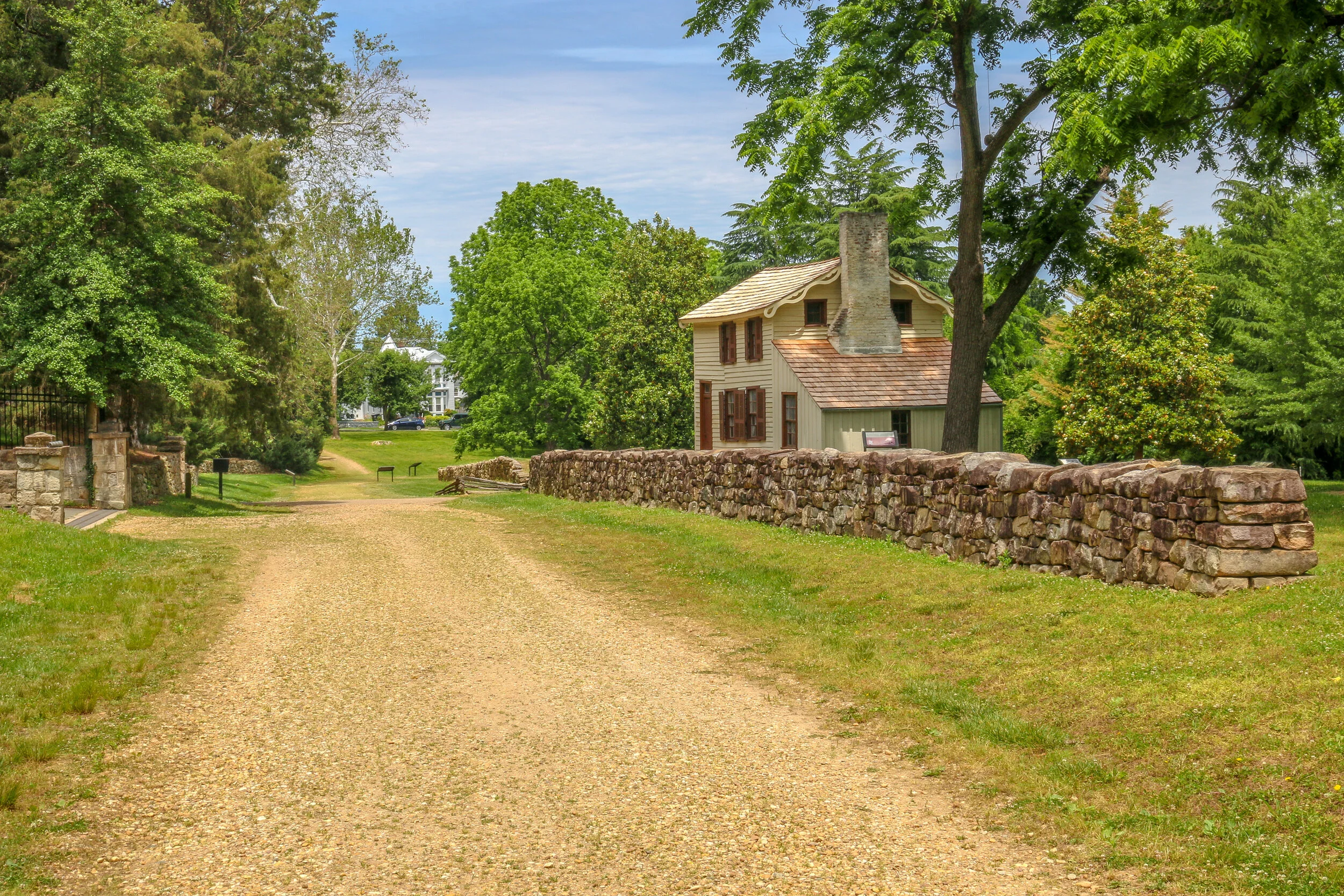After being turned back south after the Battle of Antietam, Confederate General Robert E. Lee marched his army back to Virginia. Union General George McClellan was replaced by General Ambrose Burnside to command the Army of the Potomac, and President Lincoln urged Burnside to pursue the Army of Northern Virginia deep into the state and attack the Confederate Capital at Richmond. The major obstacle lying in their way was the Rappahannock River.
Burnside arrived at Stafford Heights overlooking the river and the small town of Fredericksburg in mid-November, 1862. He had sent orders to have pontoons at the ready to provide a means of bringing his army rapidly across the river. Tragically for Burnside and his men, the pontoons didn’t arrive for several weeks. Instead of crossing the river in boats or rafts, he chose to wait for the pontoons. By the time they got there, Confederate troops had dug in on the high ground south of the city called Marye’s Heights and behind a stone wall along a sunken road to the front of this position.
Union engineers worked through the night of December 10th to assemble the pontoon bridge, but their progress was slowed by Mississippi sharpshooters in town. A small group of Union soldiers crossed the river in boats and fought a battle to secure the streets of the town. They finally secured the town in late afternoon on the 11th, but it was winter and the daylight soon gave out. The bridge would be completed and most of the army would cross it on December 12th. Burnside ordered his attack on the morning of December 13th, and they engaged Lee’s army across an open field, while the confederate position was heavily defended. The Union soldiers had no chance and were picked off like fish in a barrel. As soldiers from both sides lay dying on the field, a Confederate Sargent from South Carolina named Richard Kirkland risked his life to bring them water and comfort. Kirkland is remembered by both sides with a touching memorial near the Visitor Center.
Nearly 200,000 soldiers fought in Fredericksburg in December of 1862 with over 18,000 casualties, two-thirds of which were suffered by the Union. It was a dramatic defeat for the North, as Burnside moved his army back north of the Rappahannock for the winter.
Burnside would be replaced by General Joseph Hooker in the wake of the battle, and Hooker would re-engage Lee’s army in late April of 1863. This time the fighting would occur around a large house called Chancellor and the battle would be known as Chancellorsville. Lee would divide his army to engage the superior Union forces and once again achieve victory and inflict tremendous casualties on the northern army. He would, however, lose one of his greatest generals as Stonewall Jackson would be shot in the dark by his own men and die soon thereafter.
Following the Battle of Chancellorsville, both armies would re-cross the Rappahannock River and move north. Lee decided to ride this victory back across the Potomac River and once again invade the North. This would lead both armies to the tiny town of Gettysburg, Pennsylvania in July of 1863 and set the stage for the most horrific battle in American History. That’s up next in my chronicles of the Civil War which you can find at the link below.
The photos below come from a recent visit to Fredericksburg and Chancellorsville National Battlefields, the site of some of the greatest Confederate victories of the war. Civil War Chronicles will trace the major battles of the Eastern Theater through photos and brief histories. Click on any photo to enlarge it. All photos are available for sale and licensing. For more information, check out the National Park Service’s Fredericksburg website HERE.

